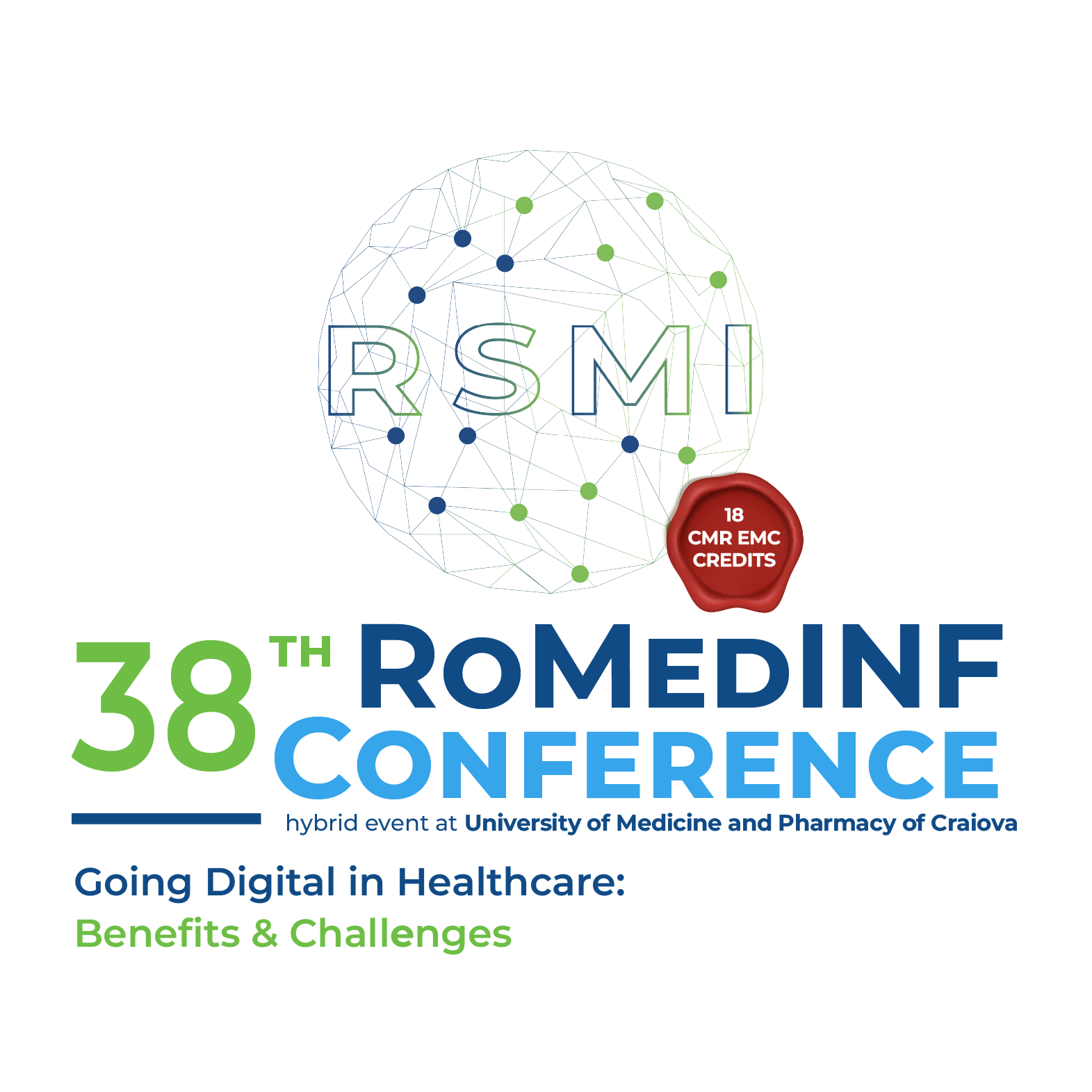Dementia Classification Based on Magnetic Resonance Scans Comparing Traditional and Modern Machine Learning Models’ Quintessence
Keywords:
Dementia Classifications, Medical Imaging, Machine Learning Models, Statistical Indicators, Evaluation MetricsAbstract
Dementia is a neurodegenerative condition that affects many people globally, and early diagnosis is essential to slow down its progression. This paper aimed to analyze and compare several machine learning models used for the classification of Magnetic Resonance Imaging (MRI) scans of patients with or without dementia. To achieve this, we utilized multiple open-source datasets, such as the Alzheimer MRI Disease Classification Dataset and the Augmented Alzheimer MRI Dataset. The tested models include a few-layers Convolutional Neural Network (CNN), a Residual Neural Network (ResNet), a Vision Transformer (ViT), an Autoencoder, and the Random Forest actions, and their training was conducted in Google Colab on an Intel Xeon CPU with 2 vCPUs and above 10 GB RAM. The performance evaluation of each model was based on metrics such as accuracy, sensitivity, specificity, and statistical errors (determination coefficient, mean squared error, root mean squared error). Preliminary results indicate that ResNet achieves the highest accuracy (98.98%), followed by few-layers CNN (94%) and Random Forest (91%). ViT showed variable performance depending on the dataset, ranging between 48.83% and 99.64%, while the Autoencoder had lower classification performance (71.64% - 89%), being more suitable for data preprocessing. Deep neural network-based models, ResNet and ViT, demonstrated the best classification capabilities for individual datasets. Parameter optimization and data adaptability to requirements could further improve the obtained performance.
Downloads
Published
How to Cite
Issue
Section
License
Copyright (c) 2025 Andreea POPOVICIU, Diogen BABUC, Todor IVAŞCU

All papers published in Applied Medical Informatics are licensed under a Creative Commons Attribution (CC BY 4.0) International License.

